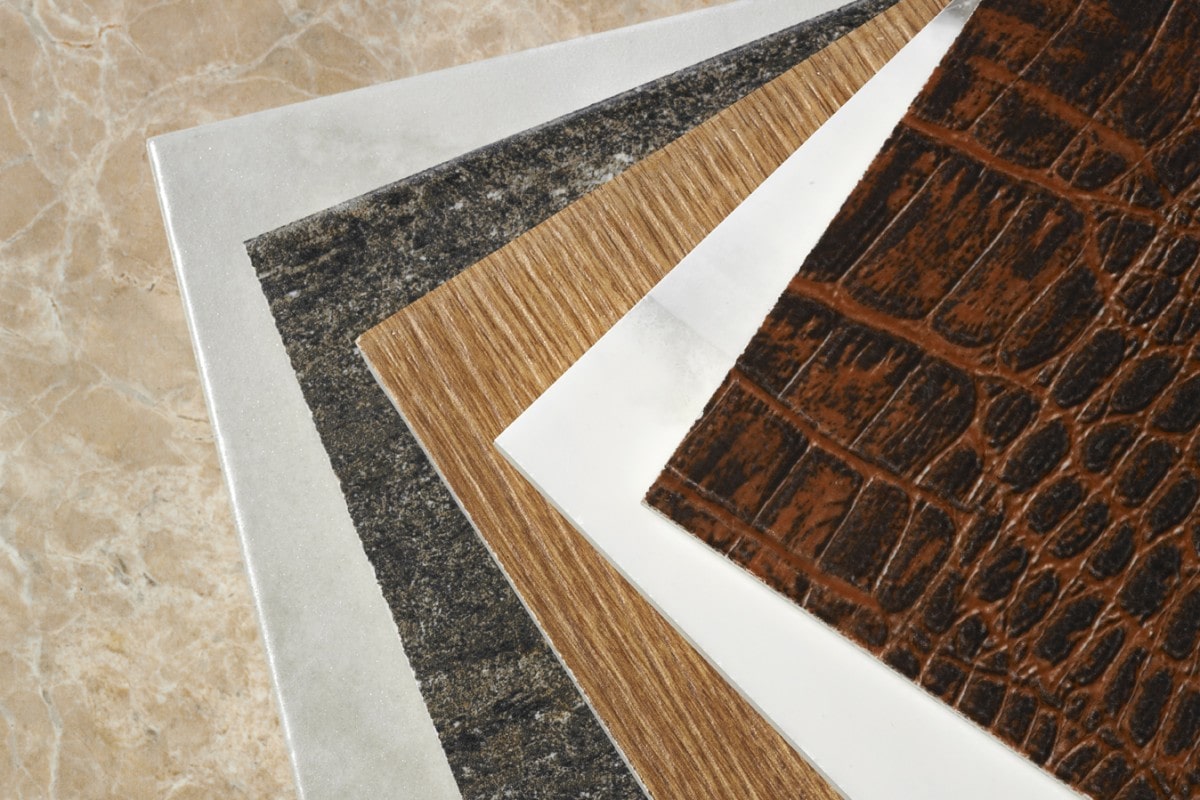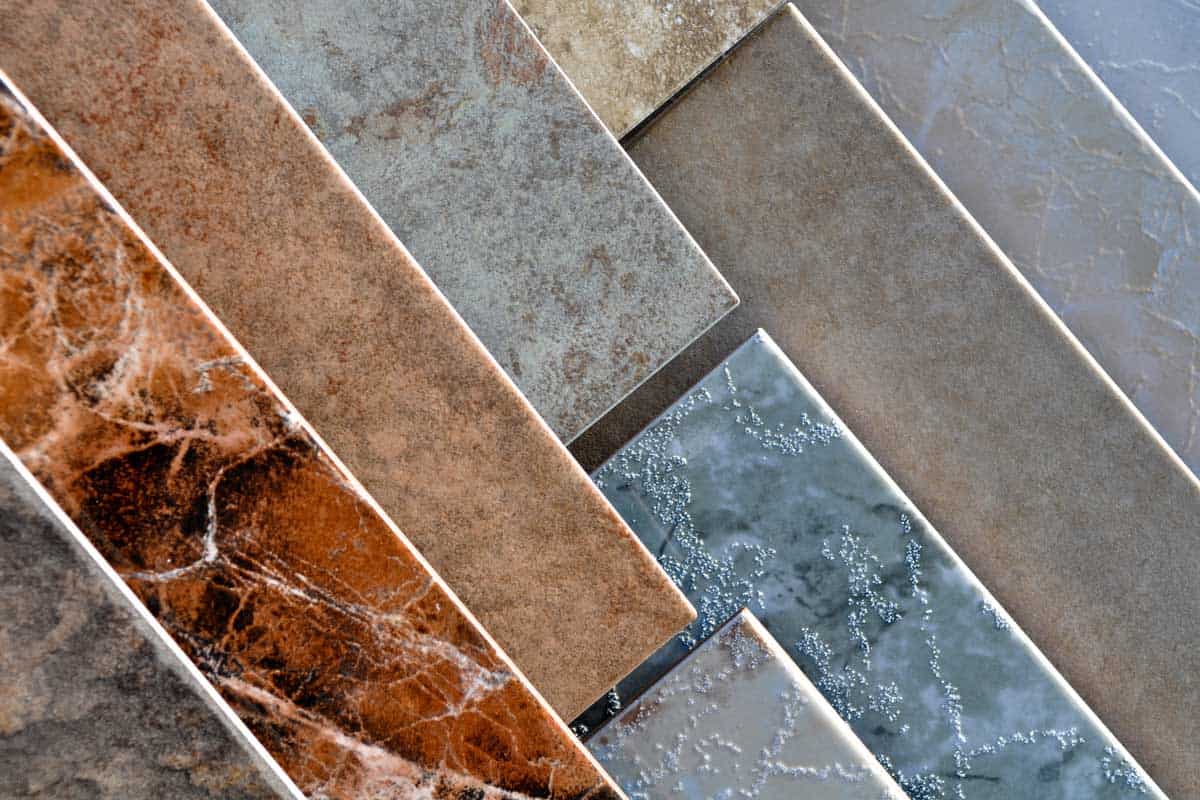The countries in South and North America have captured a large industry of ceramic tile in the whole world. The market for ceramic tiles was valued at USD 56.21 billion in 2018; from 2019 to 2025, it is anticipated to grow at a CAGR of 7.7%.
Rising construction activities, backed by a growing demand for homes, will continue to be major drivers of growth. Rapid urbanization and an increase in disposable income in Middle Eastern and Asia Pacific nations are anticipated to further boost growth.
The main raw ingredients used to make ceramic tiles are feldspar, alumina, zircon sand, silica, and kaolin. Major uses for these tiles can be found in both residential and commercial building.
When making these tiles, feldspar, a natural material, is used to reduce the firing temperature. The result is a set of thin, flat tiles with corrosion resistance, heat protection, and wear resistance qualities. They are employed in a variety of applications, including the roofing of walls, floors, roofs, tables, and restrooms.
The ceramic tile industry in North America is anticipated to expand significantly during the coming years. The market is quickly moving away from foreign production.

A large client base and the abundance of raw materials available in the area are encouraging many Italian businesses to increase their investments there. The development of the local industry is being assisted by the Tile Council of North America (TCNA).
These tiles have the lowest environmental impact when compared to other flooring solutions, according to the Environmental Product Declaration (EPD) by TCNA. They can be utilized for green construction initiatives started by LEED because they have been deemed safe.
North America’s market size was USD 2.64 billion in 2018; from 2019 to 2025, it is expected to grow at a CAGR of 4.8%. The demand for new homes, both residential and commercial, has increased recently, and it is expected to continue to climb in important rising markets like China and India. Over the course of the projection period, aging infrastructure is expected to continue to be a major driver of market growth in North America.
Product Information
Over the course of the projection period, an abundance of raw materials is anticipated to be a key element driving demand. However, it is anticipated that the supply of raw materials for the production of tiles would be impacted by the availability of alternatives and the growing application of ceramics in disk brakes and refractory.
Automation in manufacturing and other technological developments are expected to support market expansion in the years to come. The finest quality finish for ceramic tiles has been developed as a result of recent process improvements. A mirror or stone finish is achieved through one or more polishing stages. Modern production facilities require very little human intervention because of the automation. Low-cost mass production of goods is the result of this.
From 2019 to 2025, the market for glazed goods is anticipated to grow at a CAGR of 8.3% in terms of revenue. The demand for the product is being driven by improvements in living standards and government programs for housing facilities. Additionally, it is anticipated that the accessibility of house financing will increase demand for a range of products in this category.

End Use Perspectives
The upcoming years are expected to see an increase in the adoption of sustainable and environmentally friendly products. Due to growing awareness of environmental issues, cool roof tiles made of ceramic are becoming more and more popular. These products include advantages including resistance to moisture, fading, and cost-effectiveness, which are expected to support market expansion over the forecast period.
Residential held 43.6% of the market share in terms of revenue in 2018 and is anticipated to grow at a CAGR of 7.9% over the course of the forecast period. Over the next seven years, demand for ceramic tiles from residential applications is anticipated to increase due to their lower purchase and installation costs compared to other flooring materials.
The market is anticipated to be driven by rising demand for green, energy-efficient buildings for offices and governmental structures. Although a moderate rate of growth is projected for the commercial construction sector, businesses may be impacted by changes in material prices.
Application Perspectives
The market for wall tiles, which had the second-largest volume market share, is expected to grow at a CAGR of 6.0% during the following seven years. It is projected that increasing application in the kitchen and bathroom will drive segment expansion. A variety of businesses create cork, metallic, mirror, mosaic, brick, and stone tiles.
The demand is anticipated to increase as people seek out more hues, patterns, and textures to enhance the aesthetic appeal of their homes and workplaces. Companies in this industry are putting a lot of effort into reinventing their brands. The major players are introducing a variety of items. To fulfill demand from various product categories, manufacturing capacity are continuously increased.

Regional Perspectives
North America held 4.7% of the market share and is anticipated to grow rapidly over the course of the projected period. Growing numbers of green buildings are being built, which is fueling regional demand. According to the U.S. Chamber of Commerce, 81% of contractors worked on commercial green construction projects in some capacity in 2017.
Initiatives to lower CO2 emissions and water usage in ceramic tile production plants involve a large number of market participants in many different nations. Over the projection period, high production of kaolin, zircon sand, and alumina in various locations is anticipated to fuel demand for cutting-edge goods.
In the upcoming years, Asia Pacific is expected to generate a lot of growth prospects. Demand for different construction materials has increased in nations like India and China due to the development of affordable housing developments. Ceramic materials are used more frequently than other types of flooring due to their competitive pricing.
Due to the abundance of raw materials that are available, particularly in Brazil, Chile, and Argentina, Central and South America is anticipated to hold a sizable market share in the near future. Healthy economic and regulatory reforms, an increase in construction activities, and a strong project pipeline are all projected to increase regional demand.
Insights on the Market for Ceramic Tiles
The market is distinguished by the abundance of small and medium-sized businesses. These businesses prioritize quality and innovation in order to sustainably broaden their clientele globally. Major industry participants are growing their sales of ceramic products from the premium class. Additionally, they concentrate on metro and tier II city developments.











Your comment submitted.